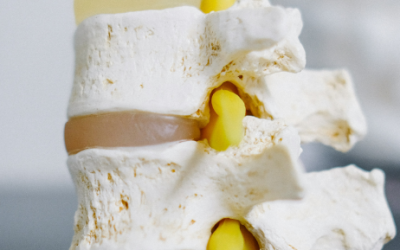Physical inactivity has been identified as the fourth leading risk factor for global mortality. The World Health Organisation (WHO) defines Physical Activity as any bodily movement produced by skeletal muscles that require energy expenditure.
Physical activity reduces your chances of developing diseases and helps to maintain a healthy body. Some physical activity is better than none!
Physical Activity Guidelines by Age Group
Early Years (Under 5s)
- Encouragement from Birth: Physical activity should be encouraged from birth, particularly through floor-based play and water-based activities in safe environments.
- Daily Activity: Children of pre-school age who can walk unaided should be physically active daily for at least 180 minutes (3 hours), spread throughout the day.
- Minimize Sedentary Time: All under 5s should minimize the amount of time spent being sedentary (restrained or sitting) for extended periods, except when sleeping.
Children and Young People (5–18 Years)
- Daily Activity: All children and young people should engage in moderate to vigorous intensity physical activity for at least 60 minutes and up to several hours every day.
- Vigorous Activities: Vigorous intensity activities, including those that strengthen muscles and bones, should be incorporated at least three days a week.
- Minimize Sedentary Time: All children and young people should minimize the amount of time spent being sedentary (sitting) for extended periods.
Adults (19–64 Years)
- Regular Activity: Adults should aim to be active daily. Over a week, aim for at least 150 minutes (2½ hours) of moderate intensity activity in bouts of 10 minutes or more. One way to approach this is to do 30 minutes on at least 5 days a week.
- Vigorous Activity Option: Comparable benefits can be achieved through 75 minutes of vigorous intensity activity spread across the week, or a combination of moderate and vigorous activity.
- Strength Activities: Adults should also undertake physical activities to improve muscle strength on at least two days a week.
- Minimize Sedentary Time: All adults should minimize the amount of time spent being sedentary (sitting) for extended periods.
Older Adults (65+ Years)
- Health Benefits: Older adults who participate in any amount of physical activity gain health benefits, including maintaining good physical and cognitive function. Some activity is better than none, and more activity provides greater health benefits.
- Regular Activity: Older adults should aim to be active daily. Over a week, aim for at least 150 minutes (2½ hours) of moderate intensity activity in bouts of 10 minutes or more. One way to approach this is to do 30 minutes on at least 5 days a week.
- Vigorous Activity Option: For those already active at moderate intensity, 75 minutes of vigorous intensity activity spread across the week, or a combination of moderate and vigorous activity, can provide comparable benefits.
- Strength and Balance: Older adults should undertake physical activities to improve muscle strength on at least two days a week. Those at risk of falls should include activities to improve balance and coordination on at least two days a week.
- Minimize Sedentary Time: All older adults should minimize the amount of time spent being sedentary (sitting) for extended periods.
See also:
Read more at:
https://www.gov.uk/government/publications/uk-physical-activity-guidelines
http://www.who.int/mediacentre/factsheets/fs385/en/



